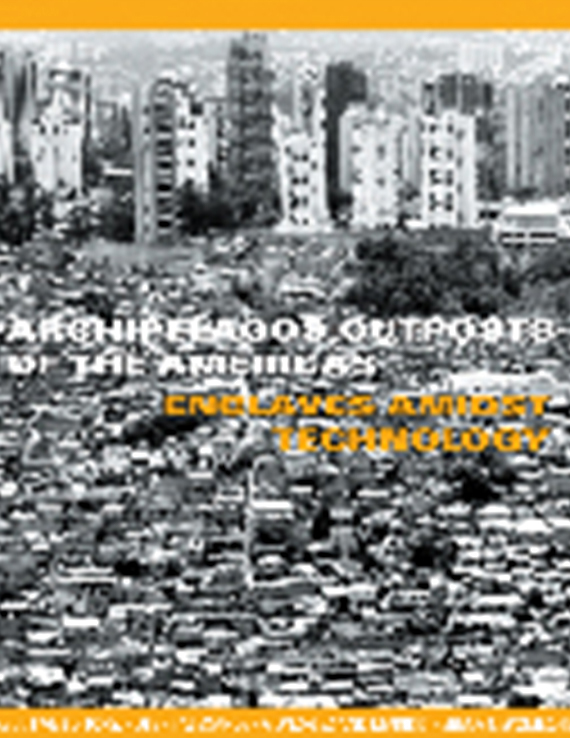Author(s): Gregory Pallermo, Matt Fisher & Thomas Leslie
In the Fall of 2000, our Department of Architecture embarked on an experimental approach to the NAAB requirement for “Comprehensive Design.” After examining models that focused either on the diffusion of these requirements throughout the curriculum, or on the separation of these requirements from the studio sequence, we decided to develop a concentrated approach, exposing students to the challenges of designing a technically accomplished response to a socially and culturally rich site and program.Our Comprehensive Design experiment adopted an existing studio for a Digital Media Research Lab in Montreal, Quebec. Historically, this studio, in the fourth year of a five-year B. Arch program, emphasized issues of urban response, the impact of digital technologies on architecture, and the social fabric of work and living spaces. Rather than jettison these themes, our new Montreal Studio adds to them layers of technical rigor, demanding carefully thought out and integrated solutions to a range of issues, including site and program, structure and circulation, and environmental response and material development.To assist in this challenging endeavor, we developed a parallel lecture/workshop course designed to provide refresher lectures in various technical subjects, consultative workshop sessions in which students receive advice from faculty and peers, and a series of seven exercises designed to develop in detail systems, components and assemblies from the studio project. Throughout this process, the ‘back and forth’ between desires to explore programmatic and site issues and the necessities of technical development form a rich integration of aesthetic ideas with material facts.Following an introductory week of case studies (Hong Kong Bank by Foster Associates, the Kimbell Art Museum by Louis Kahn, and the Seattle Public Library by OMA), the course is divided into seven themes, scheduled to coincide with the pace of development in the design studio. For each theme (Program Analysis, Site Inventory, Circulation, Structure, Environmental Response, Core Design and Cladding/Detailing), we offer two lectures—one that reiterates basic principles, and one that looks at case studies—as well as an open workshop during which students can present their design work on the given topic for faculty consultation and peer feedback. Exercises in developing and presenting these themes in the studio project are collected in a final binder that serves as a technical report for the studio project.Student feedback for the studio and workshop courses has been overwhelmingly positive. Evaluations for both courses stress the newly realized depth of study and execution that this approach allows. Currently, we are developing a parallel “Comprehensive Design” suite for our newly revamped graduate program. Studio work demonstrates not only the ability to solve the difficult technical issues posed by the site and program, but also to integrate them successfully into an overall conceptual response. We believe this approach to the NAAB Comprehensive Design requirement offers substantial opportunities to see architecture as a truly holistic discipline that can weave together responses to a wide range of cultural, social, and technical issues.
Volume Editors
Marilys R. Nepomechie & Robert Gonzalez
ISBN
0-935502-54-8

 Study Architecture
Study Architecture  ProPEL
ProPEL 
